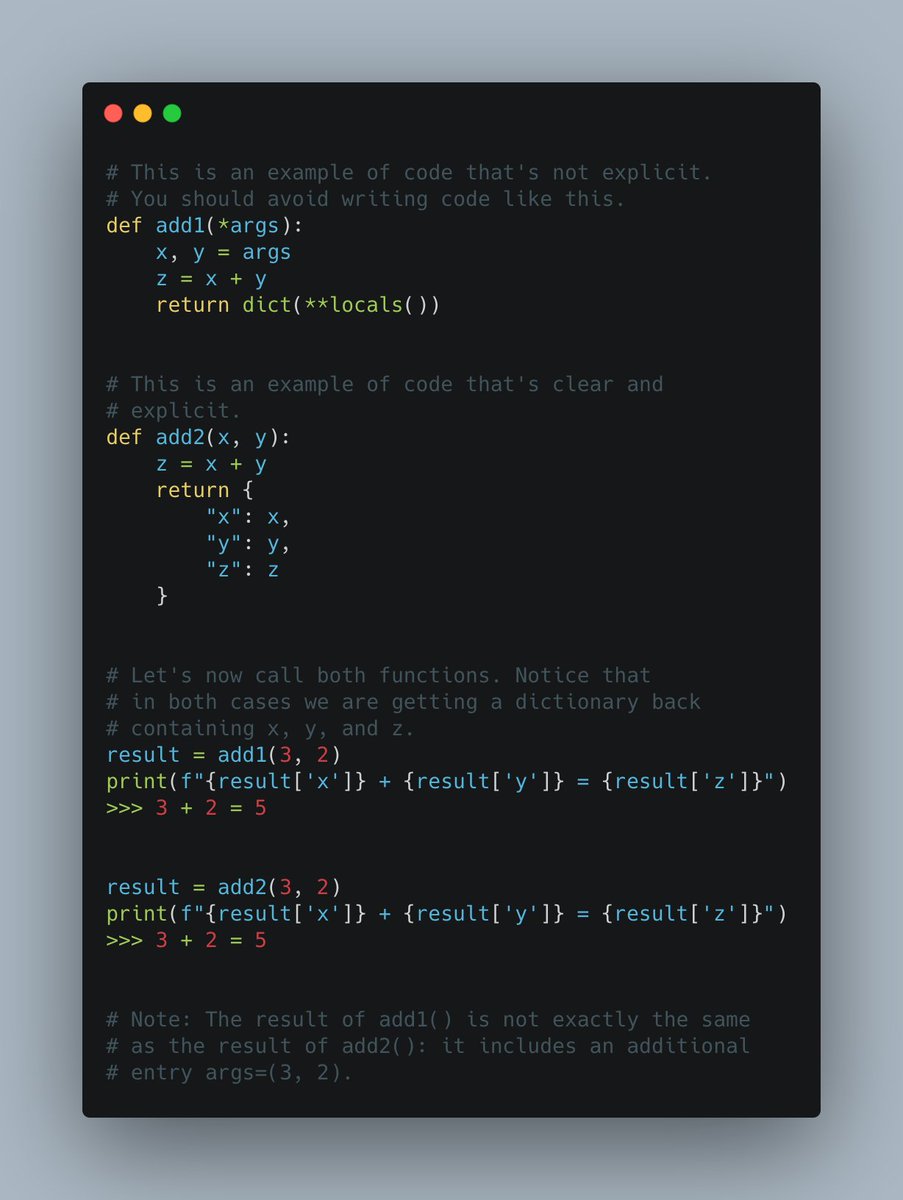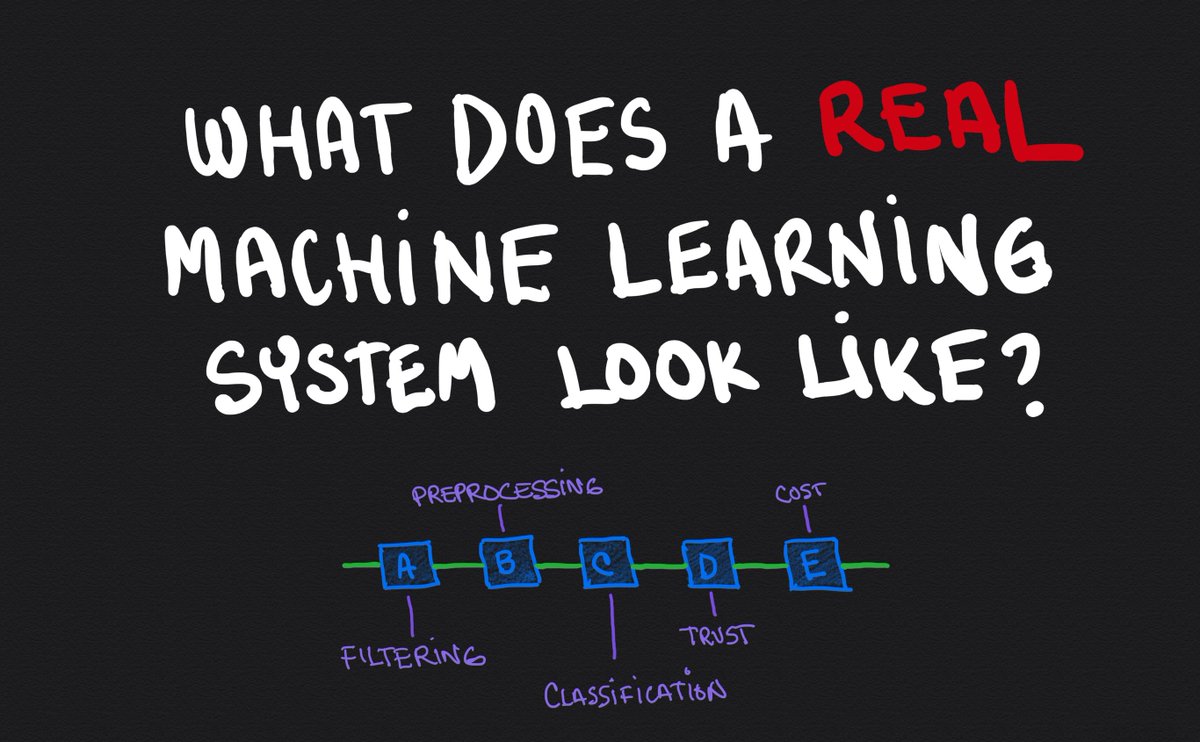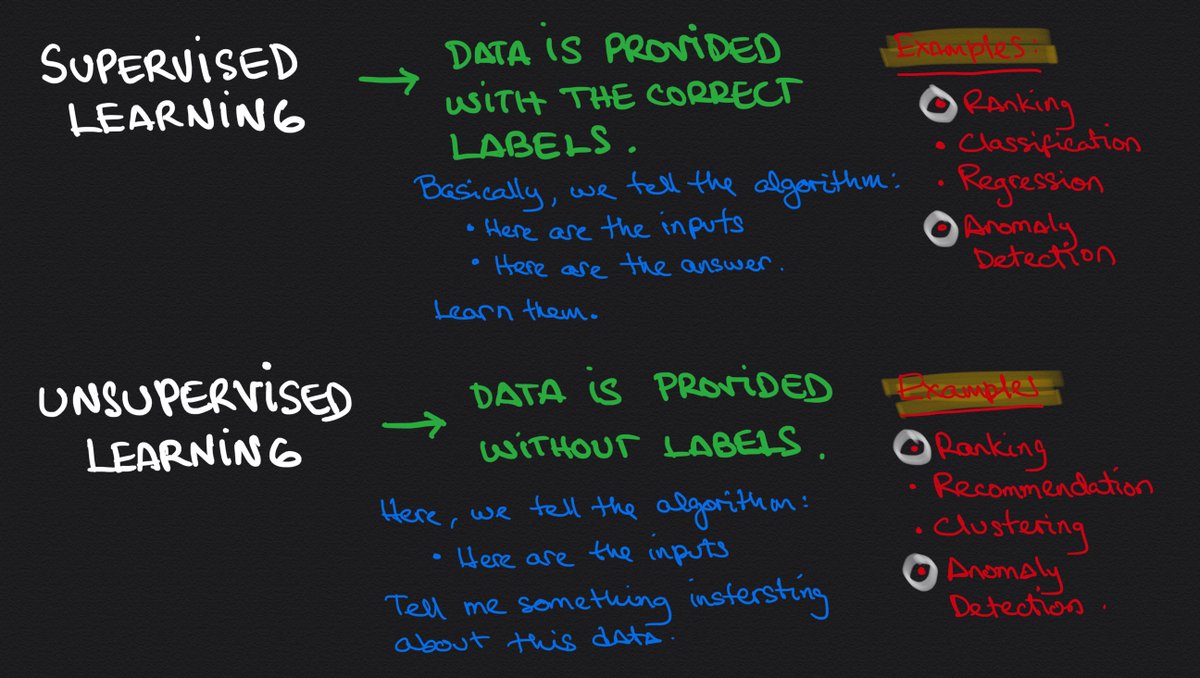
Here is a formula for growth.
(Not the only one, but one that works.)
People follow you when they are afraid of missing out on what you have to say.
People get afraid of missing out when they meet you and have a chance to realize that they want more of you.
🧵👇
(Not the only one, but one that works.)
People follow you when they are afraid of missing out on what you have to say.
People get afraid of missing out when they meet you and have a chance to realize that they want more of you.
🧵👇

Then, we can conclude that there are two steps:
1. You need to get in front of people by posting "shareable" content.
2. Once people meet you, you need to hook them so they follow you instead of moving on.
👇
1. You need to get in front of people by posting "shareable" content.
2. Once people meet you, you need to hook them so they follow you instead of moving on.
👇
In Twitter, shareable content means content that people want to engage with:
▫️They like it
▫️They leave a comment
▫️They retweet it
There are multiple ways to create shareable content that spreads quickly.
👇
▫️They like it
▫️They leave a comment
▫️They retweet it
There are multiple ways to create shareable content that spreads quickly.
👇
Any of the following posts is a good candidate to get a lot of engagement:
▫️Controversial content
▫️Shitposting
▫️Reply-bait content ("only wrong answers")
▫️Comedy
▫️Lists ("Top 10 something")
▫️Quizzes
Basically, anything that causes a reaction in people.
👇
▫️Controversial content
▫️Shitposting
▫️Reply-bait content ("only wrong answers")
▫️Comedy
▫️Lists ("Top 10 something")
▫️Quizzes
Basically, anything that causes a reaction in people.
👇
Despite having many different formulas to get a lot of engagement, keep in mind that not all of those will make people want to keep you close.
(That's the reason why that 20,000-likes viral tweet got you only 100 new followers.)
👇
(That's the reason why that 20,000-likes viral tweet got you only 100 new followers.)
👇
You have to think:
What's the type of content that will make yourself follow others?
Not like, not retweet, not comment, but actually *follow* people?
There's a high probability that a lot of people act just like you. What works for you, may also work for them.
👇
What's the type of content that will make yourself follow others?
Not like, not retweet, not comment, but actually *follow* people?
There's a high probability that a lot of people act just like you. What works for you, may also work for them.
👇
If you got to this point, you realize that most of what I've said translates into "Content. Content. Content."
That's the key.
To make people want to stick around, you also want to optimize your profile. This is not as important as your content, but it's not irrelevant.
👇
That's the key.
To make people want to stick around, you also want to optimize your profile. This is not as important as your content, but it's not irrelevant.
👇
Experiment with your avatar, background image, and most importantly, your bio.
I've done a lot of experiments. The bio I have right now converts 50-60% more followers than the last version I had.
Try different things and measure the results.
👇
I've done a lot of experiments. The bio I have right now converts 50-60% more followers than the last version I had.
Try different things and measure the results.
👇
Finally, a couple of approaches you could follow to improve the content you post:
1. If you had to pick only 3 people to follow, who would they be? Why is that?
Look at what they do. Imitate them (don't just copy them, but try to understand their formula.)
👇
1. If you had to pick only 3 people to follow, who would they be? Why is that?
Look at what they do. Imitate them (don't just copy them, but try to understand their formula.)
👇
2. The second strategy is to tell people your story. What are you doing every day? How are you doing it? What challenges are you facing? What did you learn?
People love to hear about what others are going through.
Hope this helps!
People love to hear about what others are going through.
Hope this helps!
• • •
Missing some Tweet in this thread? You can try to
force a refresh











